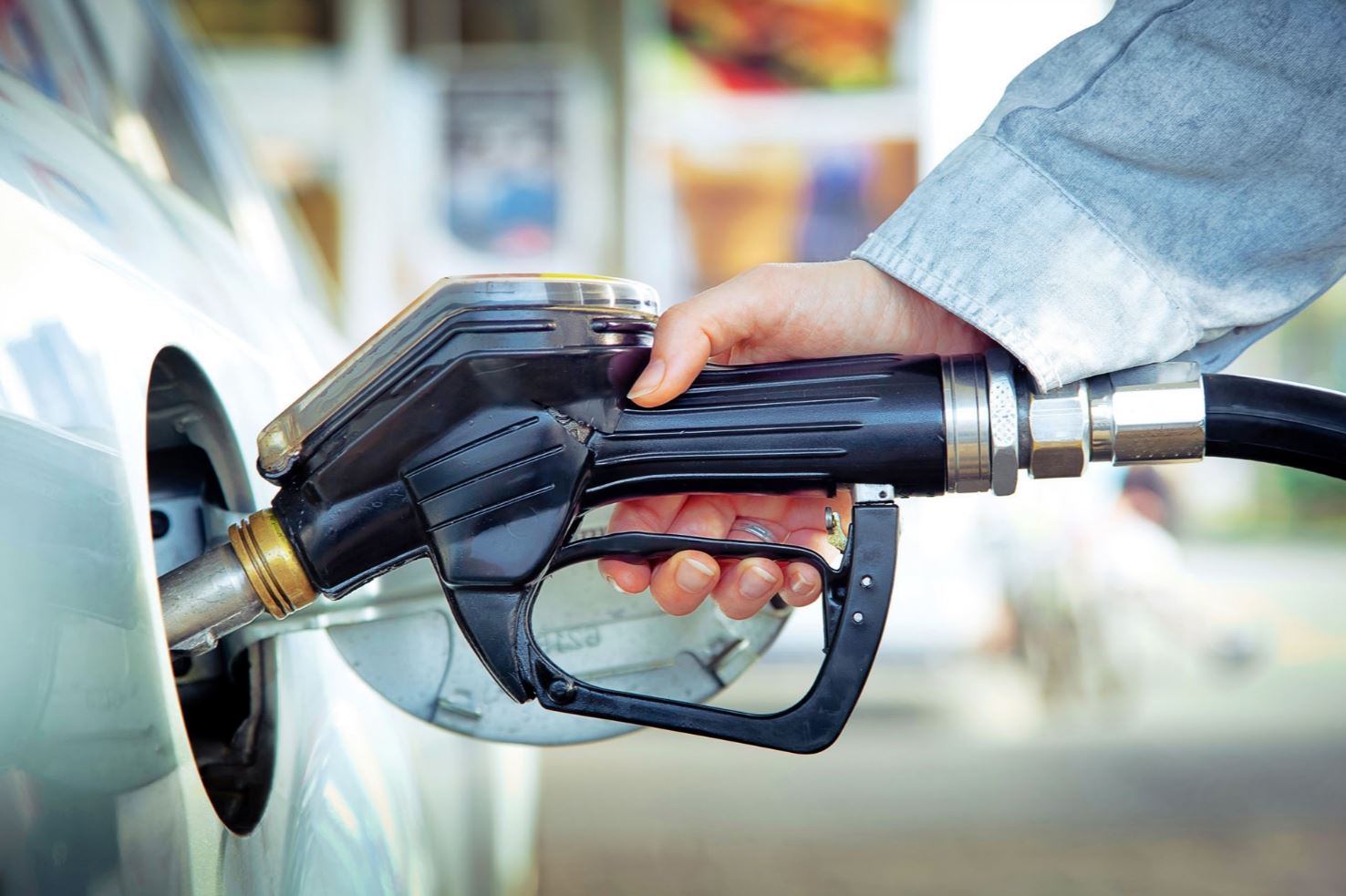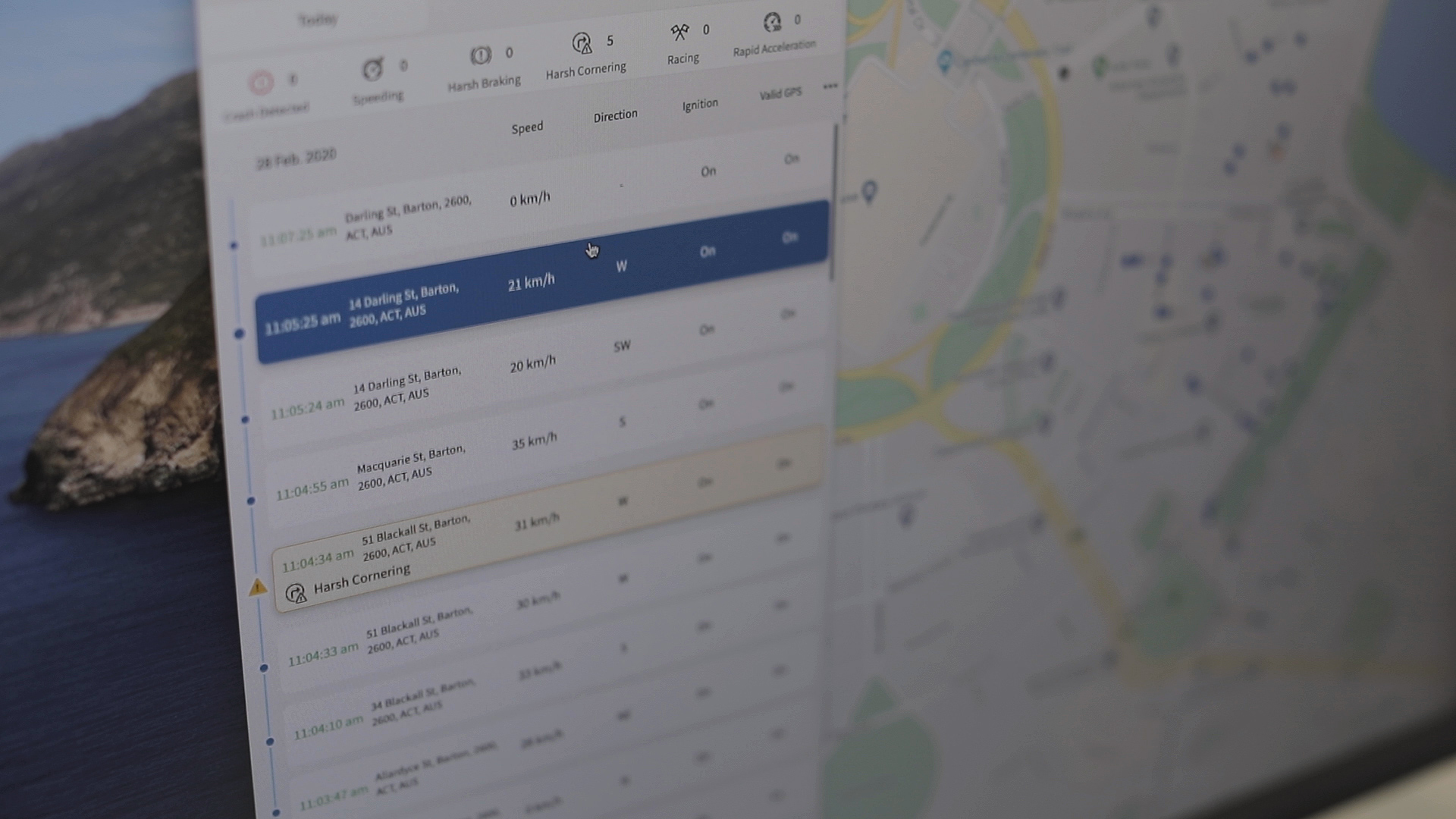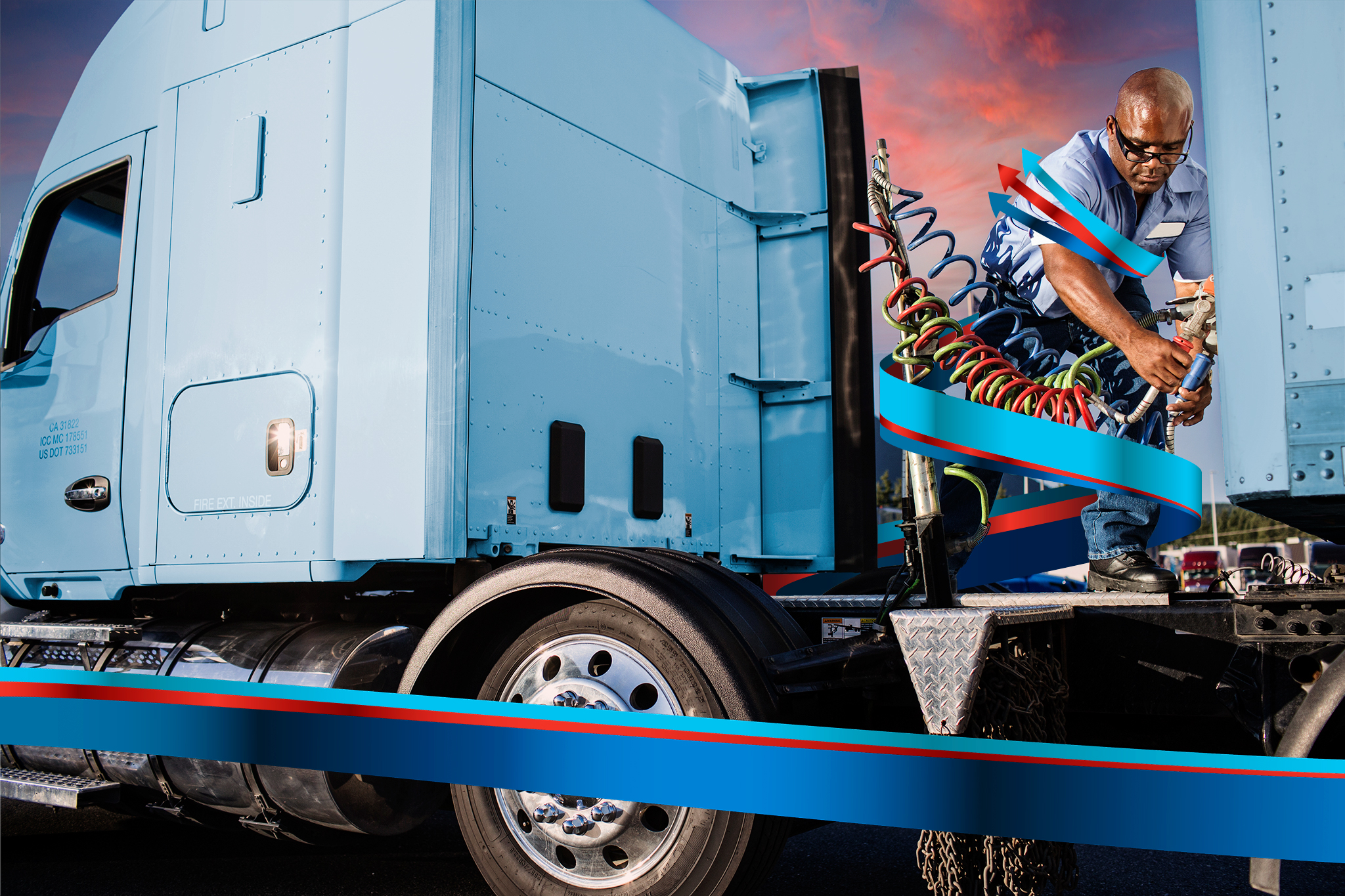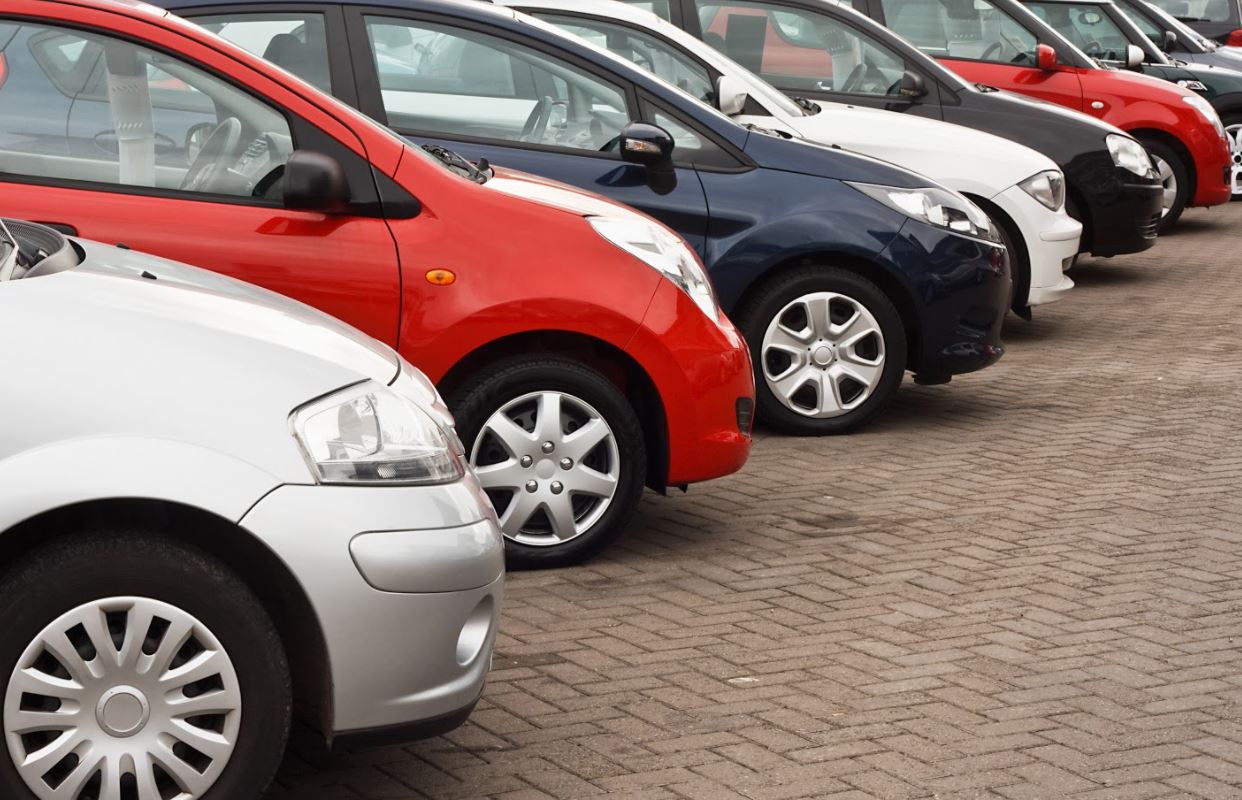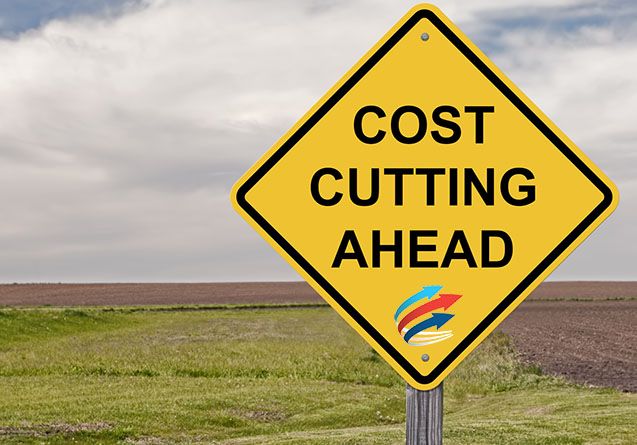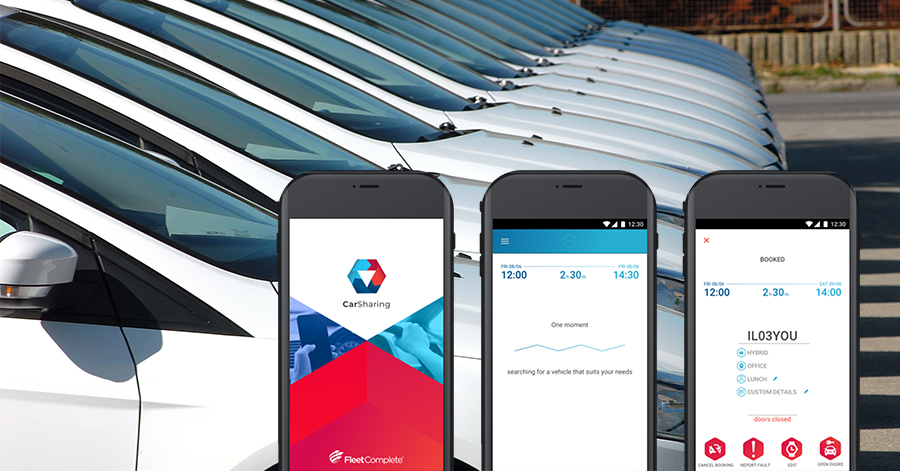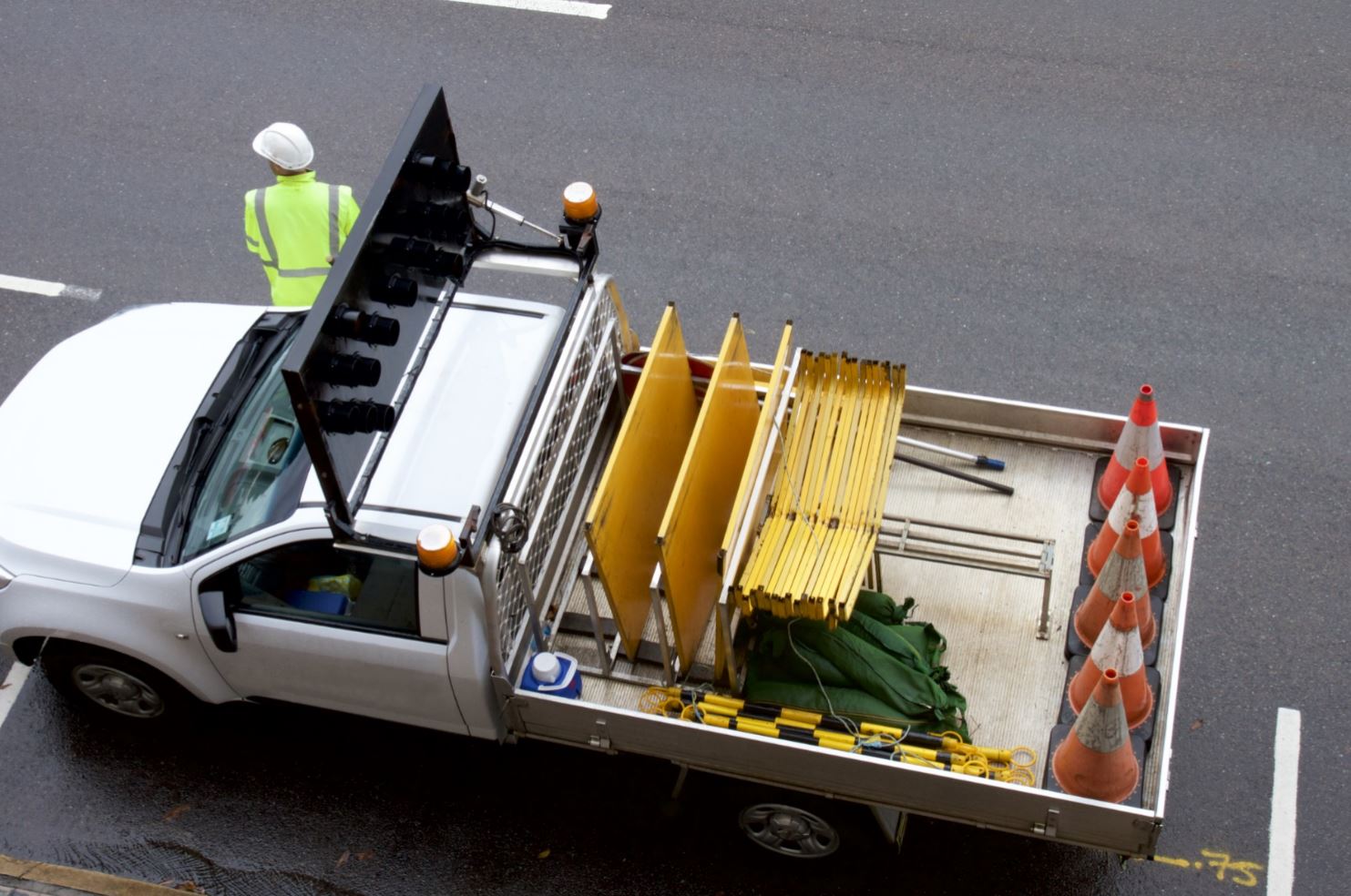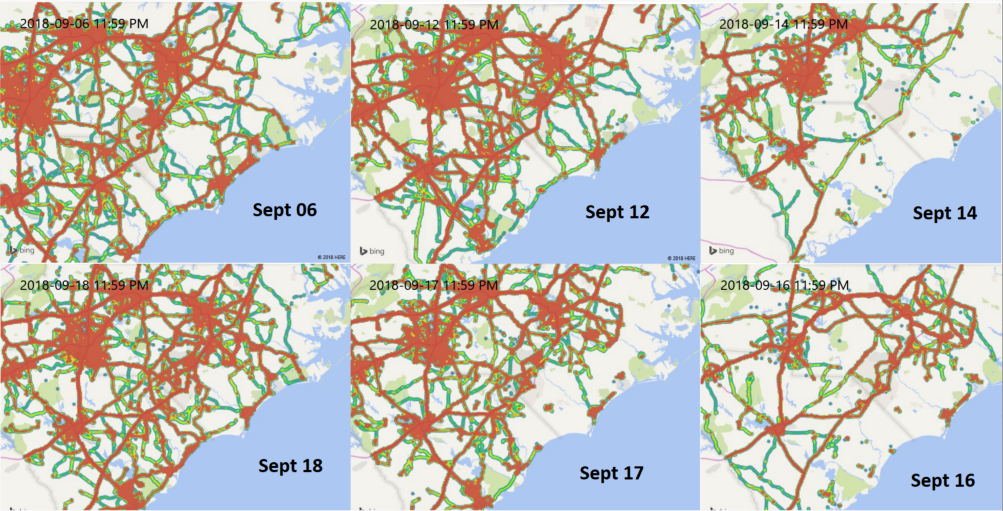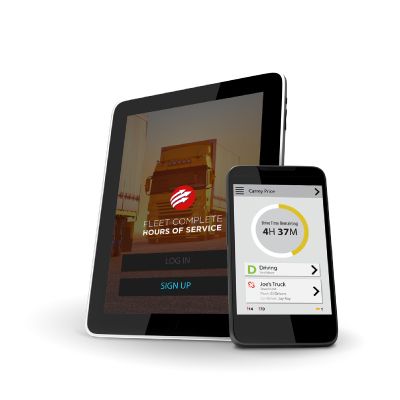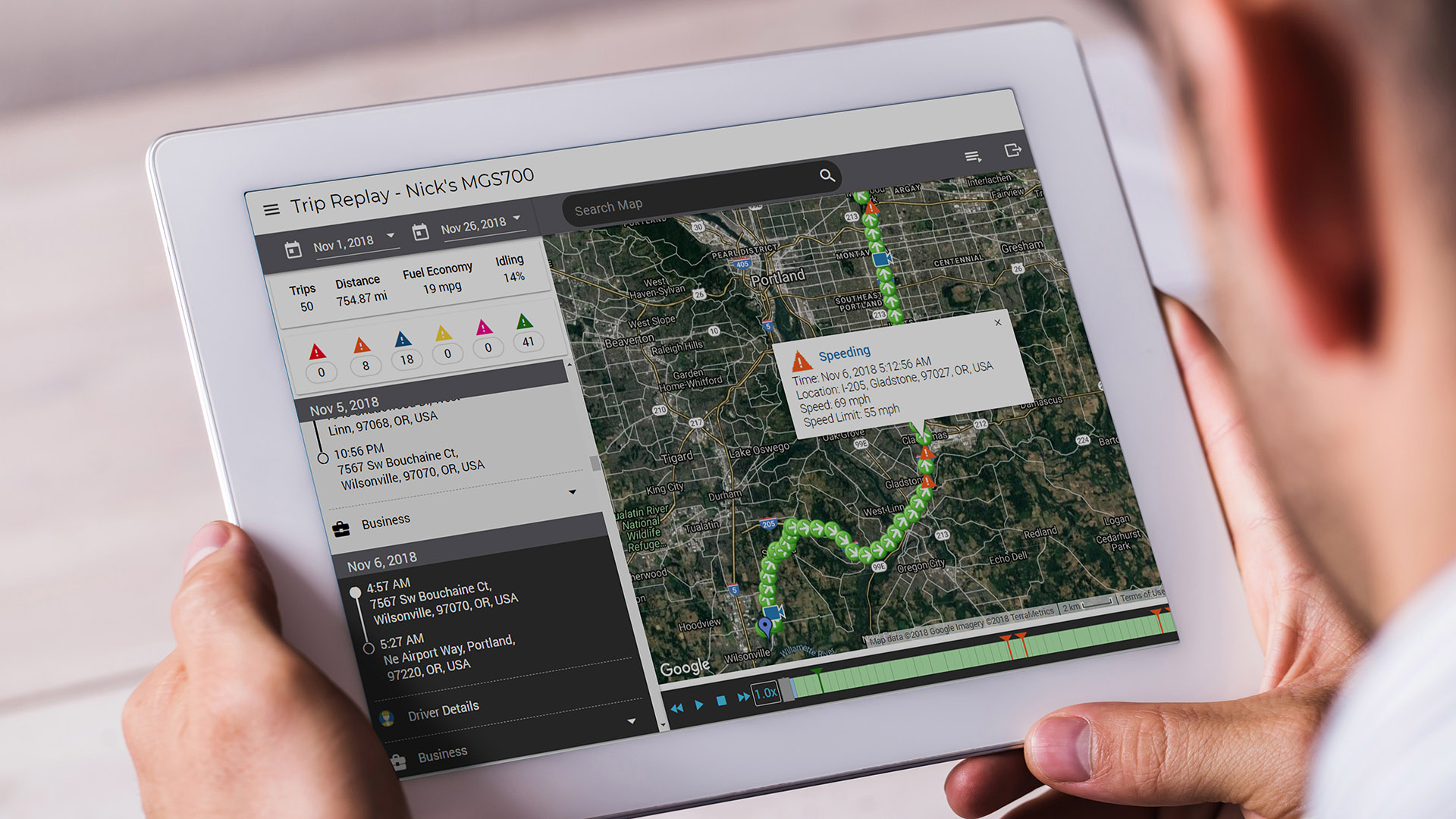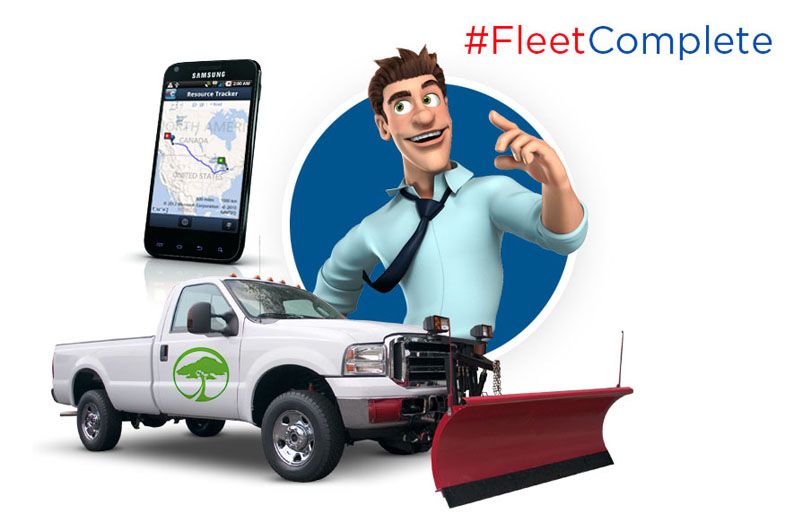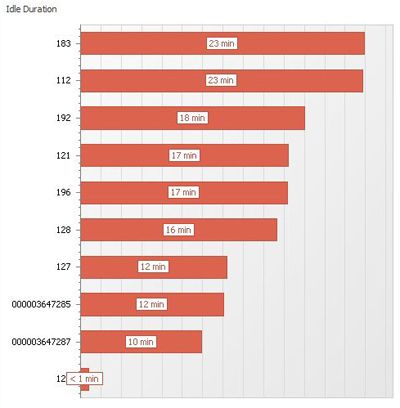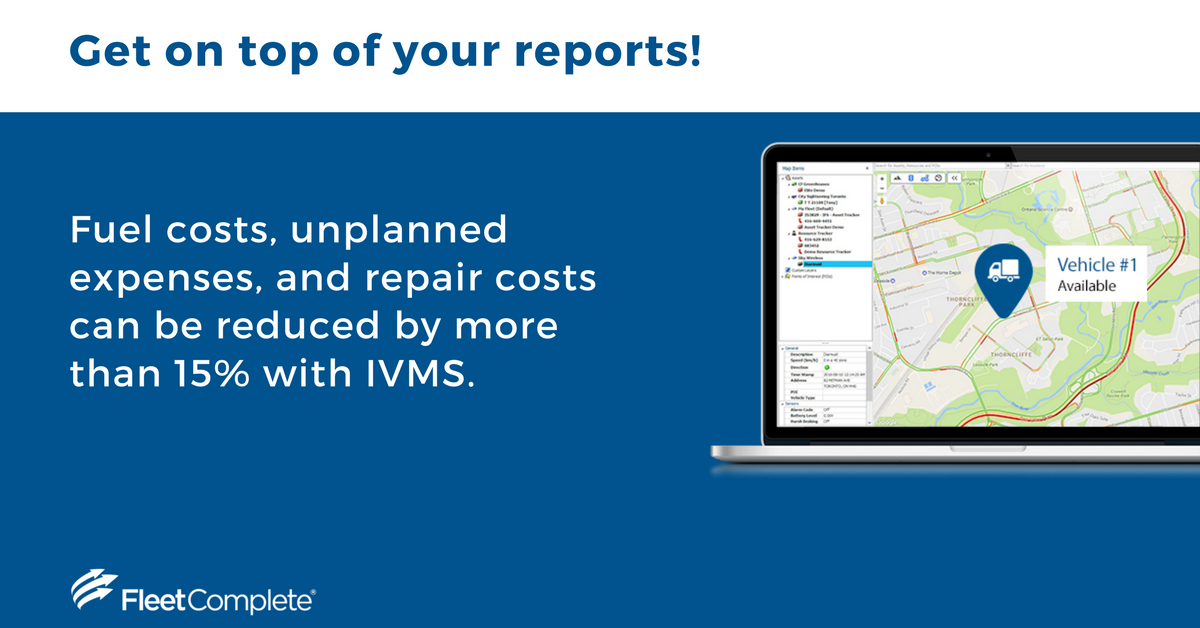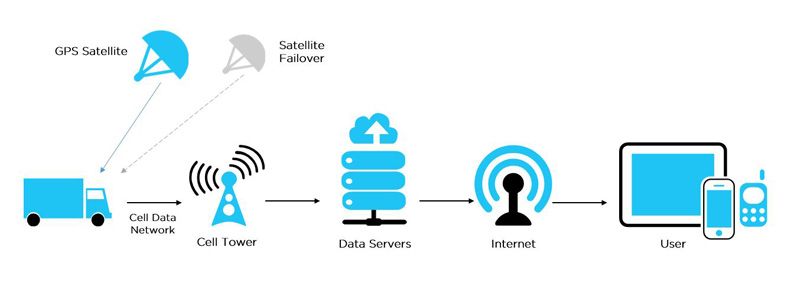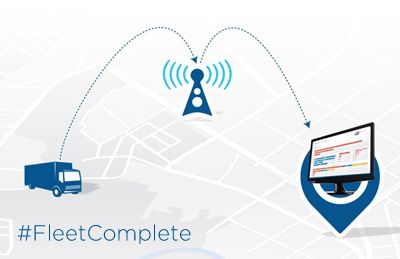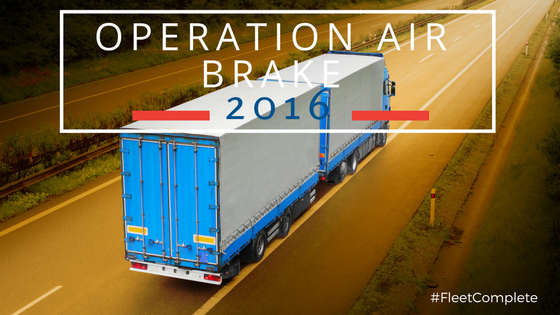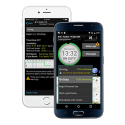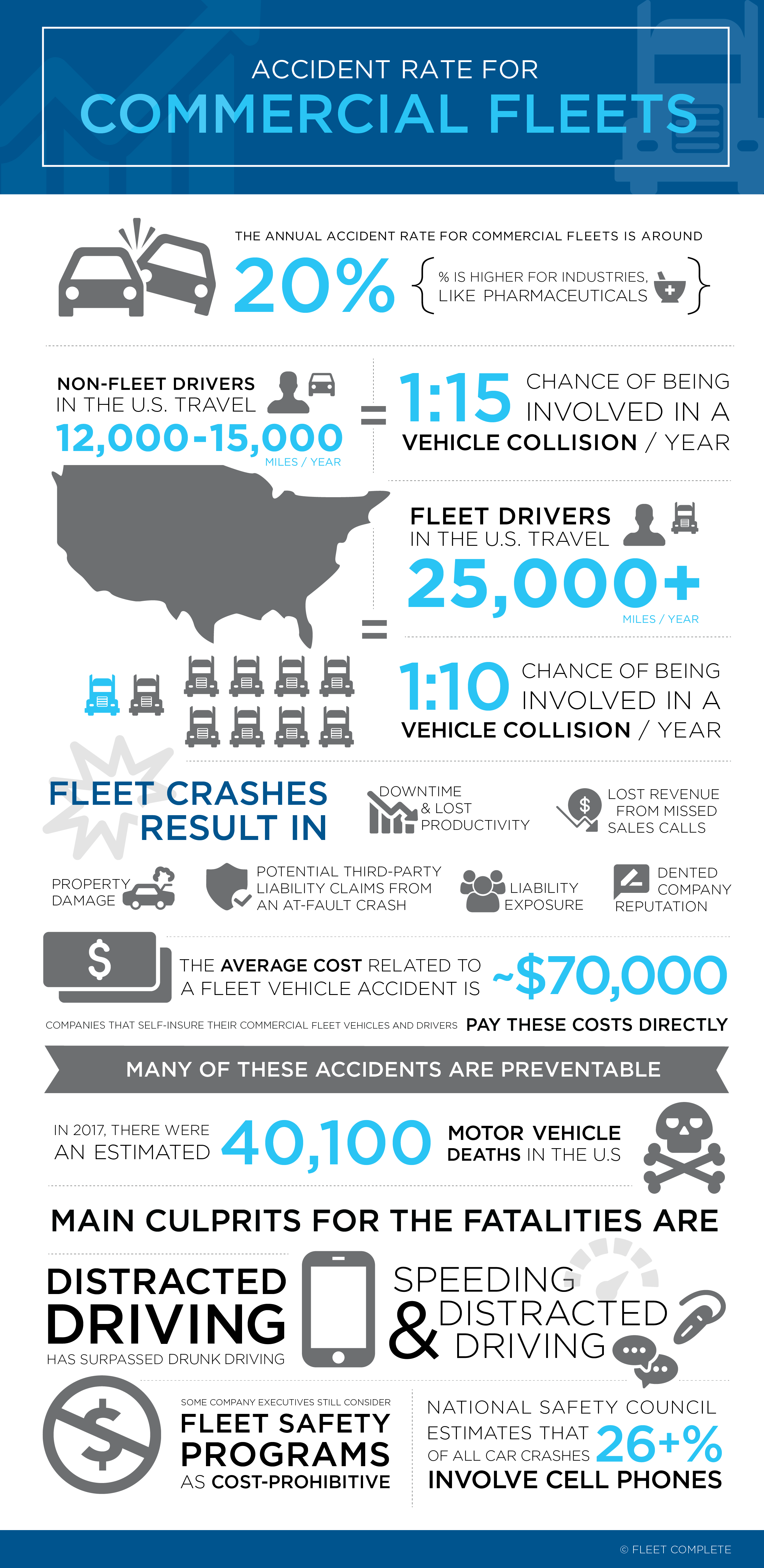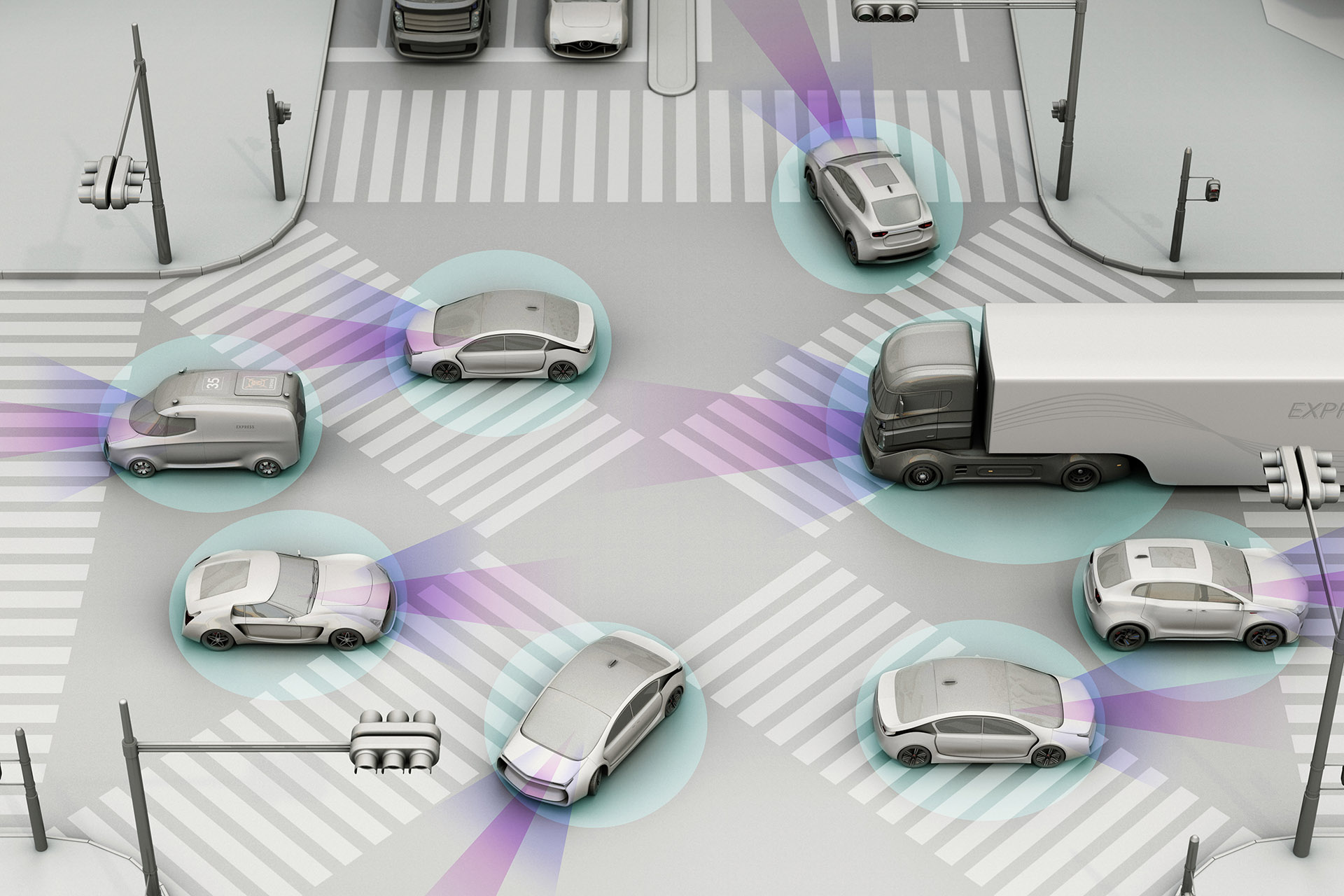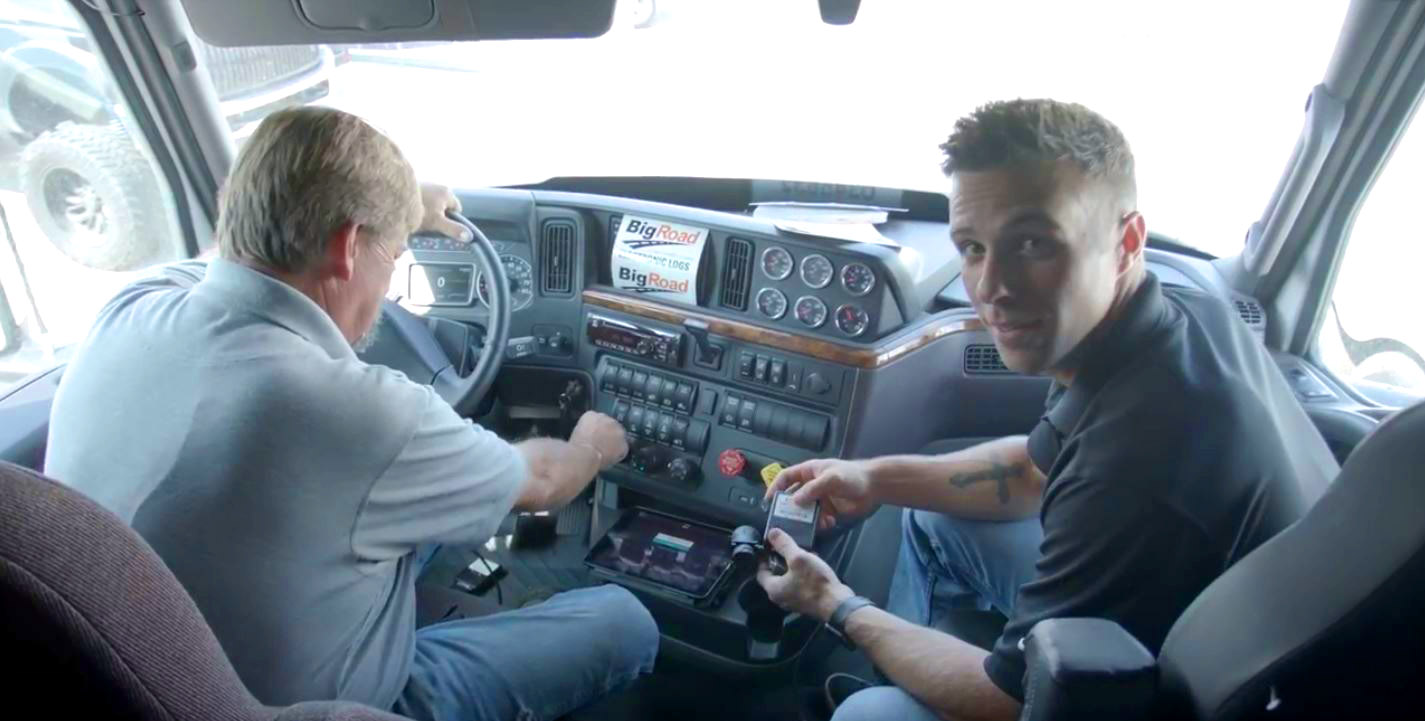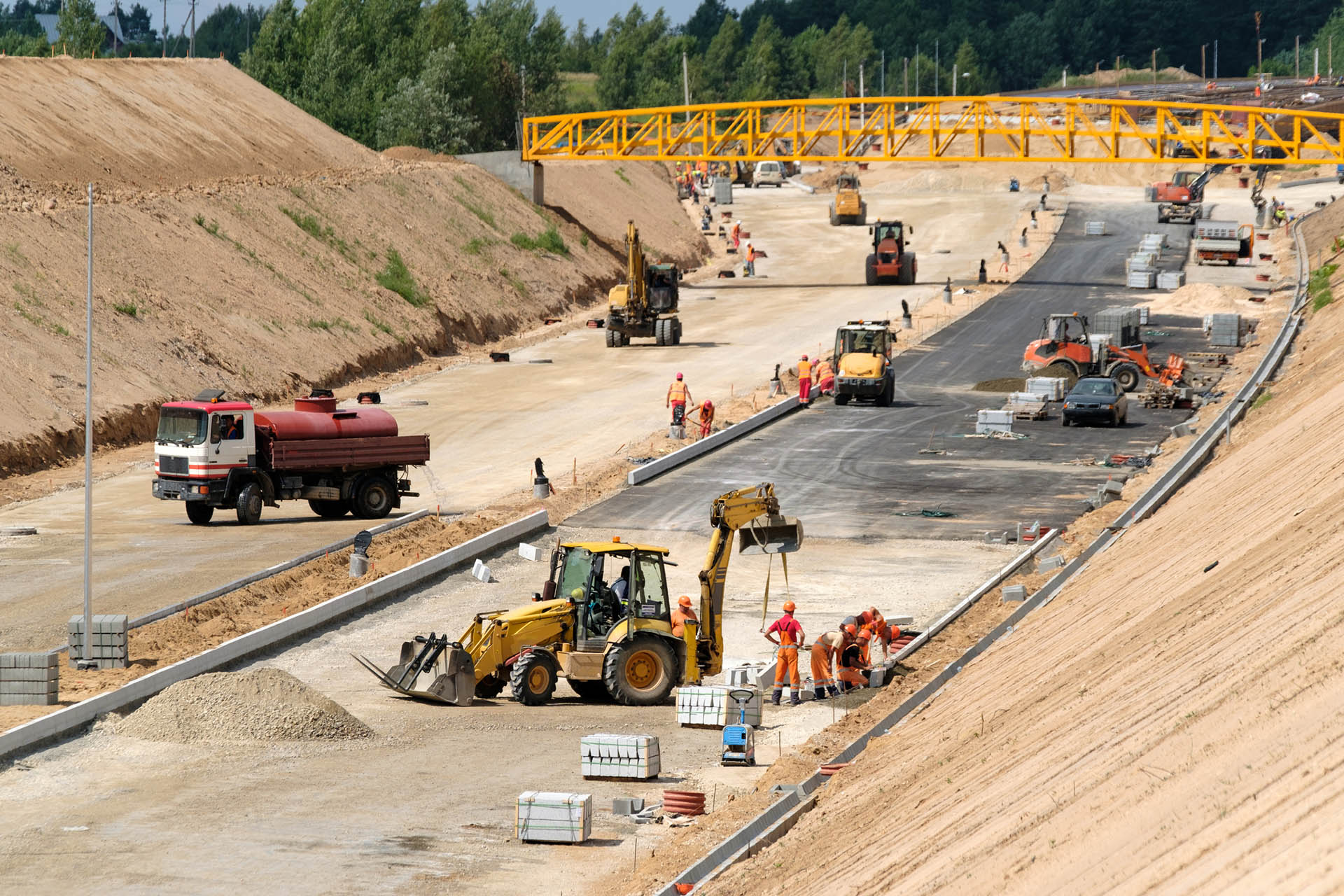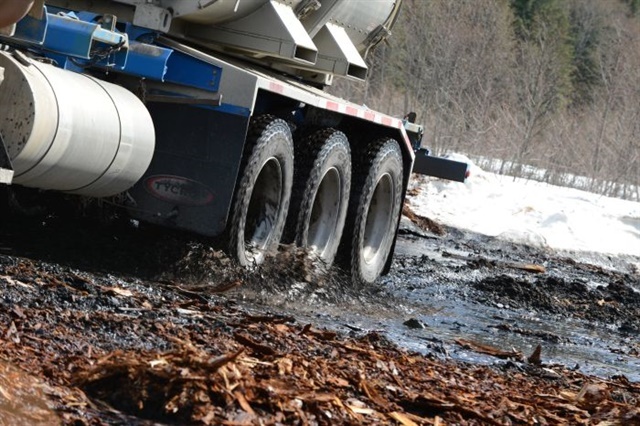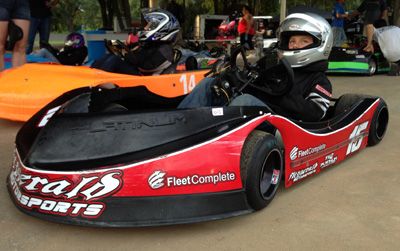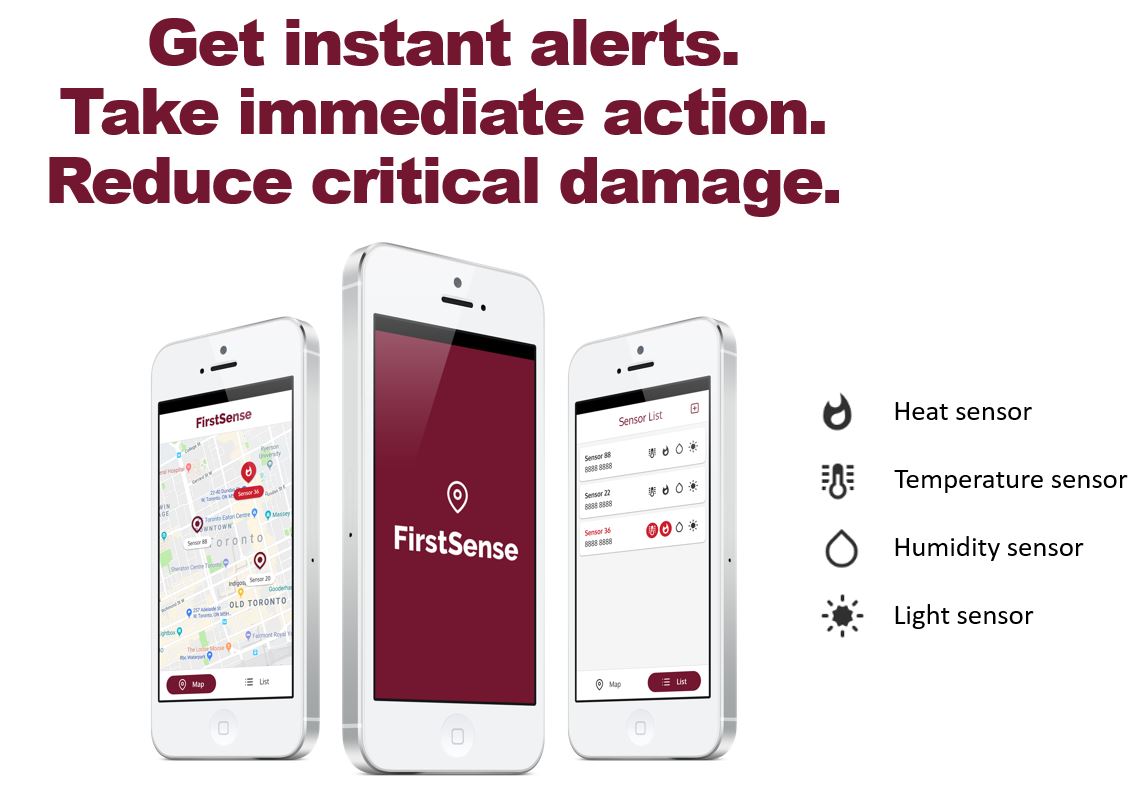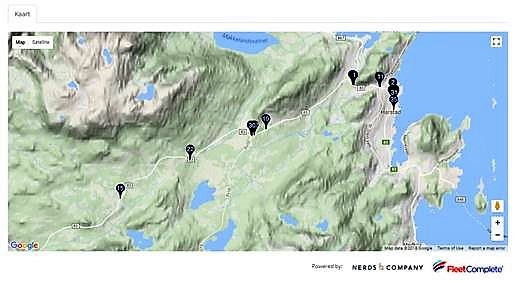Idling is unavoidable. However, if left unchecked, it can get out of hand and become a bad habit—something that’s especially detrimental to fleets, where the effect is multiplied. Idling en masse—especially where larger vehicles are concerned—could mean a significant hit to your bottom line.
In this article, we’ll look at how idling costs your business money, as well as how to reduce it using training and technology, including fleet management software.
What is Idling?Idling is when a vehicle’s engine is running even though the vehicle is stationary. Whether you run a fleet of light, medium, or heavy-duty vehicles, it should be a priority to reduce idling.
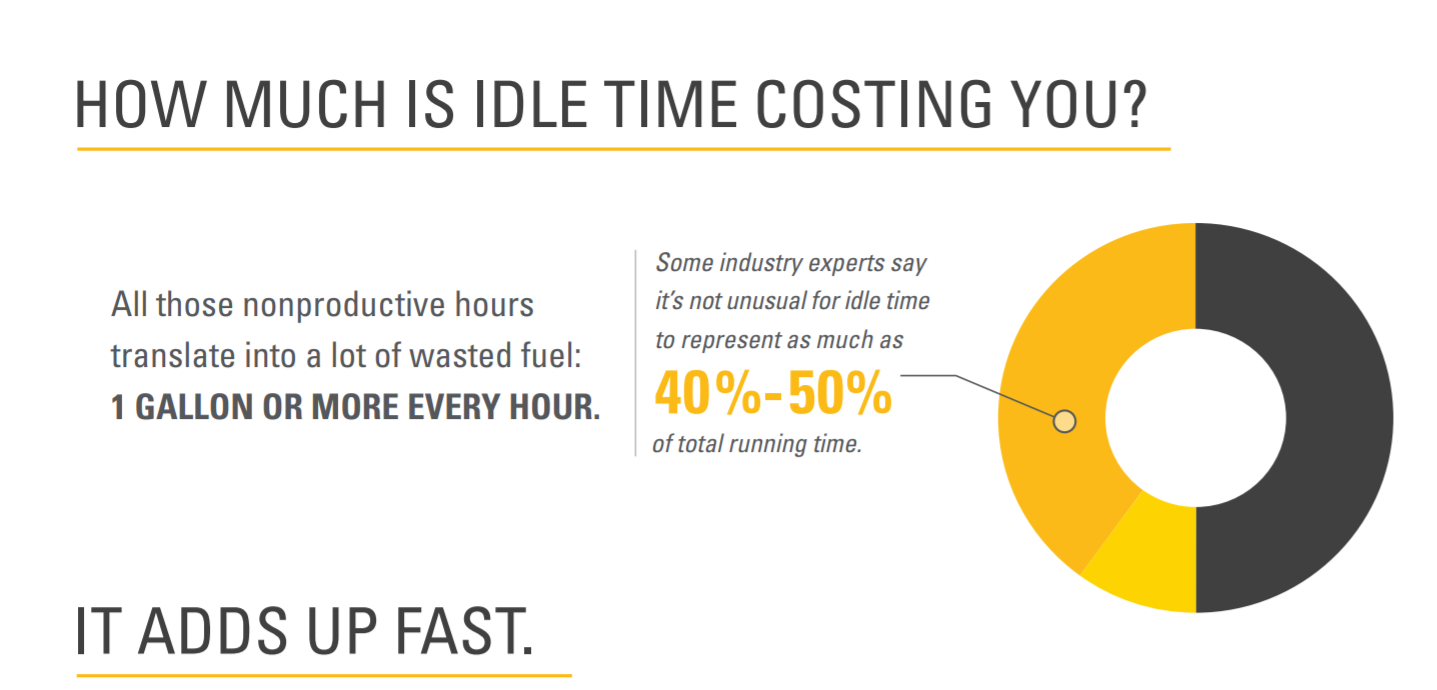
Why It’s Important to Prevent Idling
Idling can waste up to a gallon or more of fuel per hour, which, as mentioned, is bad for your bottom line. It also has a massive environmental impact. Running a vehicle for longer than it needs to be operated has the additional cost of causing unnecessary wear and tear, and shortens the life of the engine.
Here are some common misconceptions:
Myth: The engine needs to warm up before driving.
Reality: Driving gently is the best way to warm up an engine. Even in cold weather, no more than 30 seconds of idling is needed. Just enough to defog the windshield.
Myth: Remote engine starters are great for warming your engine, especially in colder weather.
Reality: Remote starters waste fuel. A timed electric heater is better and will not wear out the engine.
Myth: Restarting your vehicle wastes gas and erodes your engine.
Reality: Frequent restarting has very little impact on engine components.
3 Ways to Prevent Idling
Idling is something that’s almost entirely preventable. Here’s how.
1. Use Education and Incentives
The best telematics solutions provide idling data—so, if you suspect it’s an issue in your fleet, examine those figures. If it’s not already a part of your fuel reports, you should be able to contact your provider for the relevant information.
Fleet managers can then use the data as part of their idling reduction plan. Reward drivers who idle less and offer training to those who struggle to keep it under control. You can also add further encouragement with incentives and recognition programs.
2. Invest in Tech That Helps Track Idling
While much idling can be reduced, it’s not entirely unavoidable. This is where idling reduction technology (IRT) comes in handy. These devices generally have three main characteristics:
- It’s installed either directly on vehicles or at a location.
- It reduces unnecessary idling.
- It powers functions that would otherwise need the main drive engine while the vehicle is stationary.
You can also invest in solar or battery-powered auxiliary power units (APUs). These provide power to the vehicle while it’s stationary.
“Installing an engine pre-heater (also known as coolant heater) will help tremendously,” says Mary Denny, president and CEO of Webasto Thermo & Comfort North America, Inc. “In the winter you’ll significantly reduce idle times, reduce engine maintenance, and increase productivity. Drivers also won’t have to arrive early for a shift to idle the engine.”
Another option is to install an engine pre-heater. In the colder months, you’ll significantly reduce idle times, reduce engine maintenance, and increase productivity. They also have the added benefit of saving drivers warm-up time pre-shift.

3. Use Fleet Management Software and GPS Tracking
One way to track idling is to use fleet management software, which will give you a complete view. GPS tracking software shows where vehicles have traveled and how long they were at each place—as well as whether any unauthorized trips have been made. Some other benefits of fleet management software include:
- Use data to improve efficiency and coach drivers
- Respond to issues in real-time and set alerts
- Take a long-term view of fuel usage and idling times
- Analyze data per vehicle, or take a top-down view of the entire fleet
The bottom line: telematics can help you manage your fleet more reliably and efficiently. It’s much easier for managers to track fuel usage and idling in real-time—and to collect data for use in preventative training programs that help drivers minimize their idle times.
With Powerfleet (formerly Fleet Complete) Fleet Tracker, you can do all this and more. If you want to utilize technology to keep your fleet costs down, learn more by requesting our Powerfleet (formerly Fleet Complete) demo.











